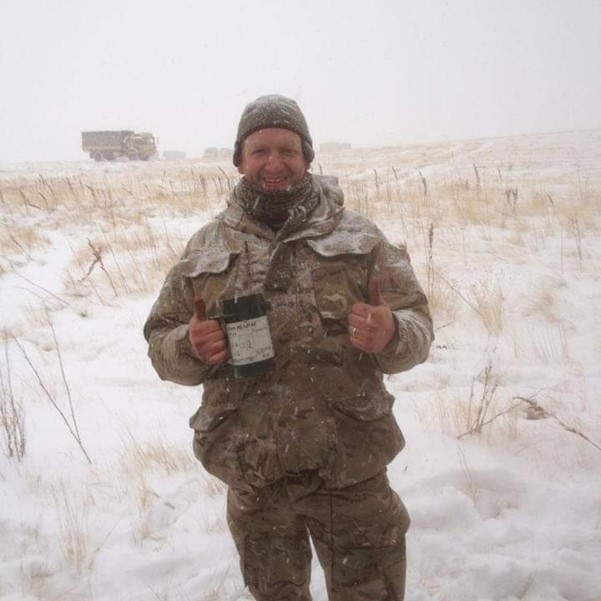It’s amazing how quickly you can adapt to new ways of working when needs must.
So it is with auditing ISO management systems. As auditors, we’re accustomed to visiting a client’s premises, having a tour and a cup of tea before getting on with our work in their offices. Doing it any other way was unimaginable up until late March.
Now, the UK Accreditation Service, who accredits ISOQAR in order that we can certify you, is allowing ‘remote auditing’ during the COVID-19 pandemic so that organisations can maintain their certification.
Remote auditing basically means that we do the audit over the internet or by conference calls, rather than on your premises. On the face of it, it’s a radical departure from what we’re used to. In reality, it means we miss out on the tour and the cuppa but in every other respect, it’s business as usual.
It’s all very simple - we just send you a link to click and we’re in business. Face to face (if you’ve got your camera on), but not there in person. Absolutely no understanding of technology required.
Anyway, if you’ve got a remote audit coming up, how do you prepare? Just follow these 5 steps for an audit more relaxing than you could ever imagine:
Planning
Your audit plan should be at the back of your previous audit report. This shows what the auditor will be looking for. As always, the plan is fluid and can be adjusted with your auditor before the audit or during the opening meeting. The plan also gives you an idea of what types of evidence will be required during the course of the audit.
Organisation
If you’re working remotely, it might be challenging to get hold of information from other people. You’ll get notice from ISOQAR’s Client Services though, so you’ve got time to pull everything together. Prepare as much documentation/records before the audit as you can. You might want to send the evidence across to your auditor before the audit. If we are unable to witness any activities, we will need to see project files/evidence of past jobs.
Communication
Communication is the key to a successful audit. Discuss the methods of communication with your staff prior to the audit. Successful methods of communication that we have used include Microsoft Teams, Skype, emails and a good old-fashioned phone call.
Technology
Technology has played a key part in our remote auditing. We’ve been able to review so much evidence remotely using videos, photographs, Google maps etc. If you have any questions about how to transfer evidence, just ask us. (Also note that we have a GDPR policy available on request if you’ve any concerns about data security.)
Don’t panic!
This is new for us all, but collectively ISOQAR has already done many hundreds of remote audits and they’ve gone as smooth as anyone could wish for.
As always, just get in touch with Client Services or your auditor if you have any questions.





